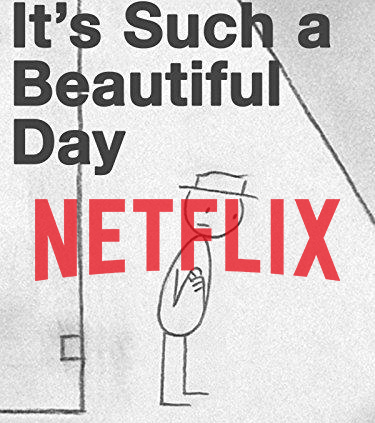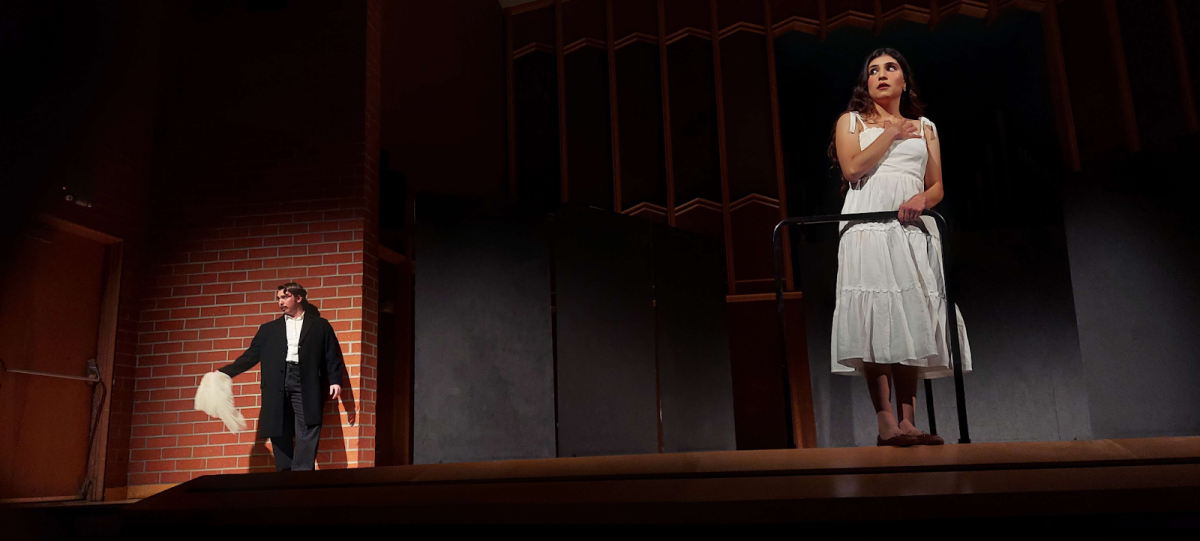“It’s Such a Beautiful Day” is a study in contrast. Don Hertzfeldt’s hour long feature film collects three of his animated short films, “Everything Will Be OK,” “I Am So Proud of You,” and “It’s Such a Beautiful Day.” Each of these shorts are characterized by a crude yet evocative style, mixing a combination of simple drawings and blurry home movies with philosophical ideas and a deeply emotional core.
Clear from the Beginning
The frequent use of contrast is clear from the beginning. The music announces the arrival of something grand, even epic. But the scene itself is one of mundane, everyday anxiety. Two stick figures recognize each other from opposite ends of a sidewalk, each unable to remember the other’s name, each terrified the other will initiate conversation. Eventually, they meet in the middle, passing one another with awkward greetings and jumbled words. By the next day, neither remembers the interaction.
A Larger Panic
These kinds of simple moments feed into a larger panic, as Bill, the main character, comes to understand the meaninglessness of his life. A life comprised of thousands of trips to the bathroom, hours of television watched, car keys tossed on to the kitchen counter again and again. Faced with this meaninglessness, Bill loses his mind.
Hertzfeldt tells this story with absurd, sometimes uncomfortably relatable, humor right alongside moments of intense beauty. His sense of humor and animation style sometimes resemble something sophomoric, but his ideas are anything but.
High & Low Brow
“It’s Such a Beautiful Day” is a perfect union of high and low brow. Take for example a scene where the narrator details the history of mental illness in Bill’s family, each life more disturbing than the last, but several of these stories are punctuated with the same ending, “…and was hit by a train.” This unlikely end to multiple family members’ lives is hilarious every time, but it does not take away from the sadness and horror that came before. Instead the contrast works together to make something all the more affecting. Their fate of death by train was no more avoidable than their genetic predisposition toward insanity.
Hertzfeldt works with contrast, not contradiction, taking two dissimilar objects and reaching a unified conclusion. Bill’s own insanity is full of moments both deeply funny and sad. Just as with high and low brow, the merger of mundane observations and existential panic makes perfect sense. Hertzfeldt argues a life preoccupied with death can have no beauty and neither can a life without death. He chooses not to consider the possibility of faith, Christian or otherwise, but that cannot be held against “It’s Such a Beautiful Day.”
The Limits of Mortality
However inadvertent, Hertzfeldt’s reflection on our fear of death, continued in his other works, makes a compelling case for humans as creatures with eternal souls, confused by the limits of mortality. This recurring fear of death in Hertzfeldt’s work resembles an idea from C.S. Lewis, “Humans are amphibians…half spirit and half animal…as spirits they belong to the eternal world, but as animals they inhabit time.”
That is a contrast Hertzfeldt might like.







